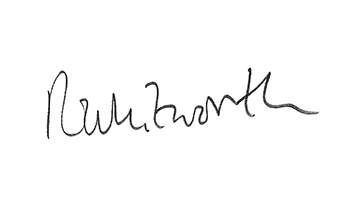Innovation: the word is very familiar to us all, but appears to lack any truly representative synonym and its actual form can be similarly ethereal. “Innovation is child’s play,” was an article title in our last issue – yet, in that same issue, Alexander Makarov described in intricate detail just how difficult true innovation can be. Indeed, genuine innovation lurks in the half-light, always shifting shape. Producing one innovation does not guarantee that you have a recipe for success or even the ability to generate another.
Given its slippery nature, the term tends to be overused by marketeers, who have latched onto the power held within those mighty four syllables to insist that every minor product upgrade is an ‘innovation’, diluting its impact. In this issue, we present full-strength innovation, in the form of the 2013 TASIAs (The Analytical Scientist Innovation Awards). The TASIAs showcase the extraordinary range and pace of progress in our field. Drawing on a large list of nominations, 15 winning combinations of invention, vision and utility were selected by three leading contributors to the field and the editors of this publication. The products recognized in the TASIAs all enhance preparation, separation, identification, or quantitation in some way, and endeavor to push the boundaries. After all, limits of detection are the benchmarks of safety, and fast, accurate clinical diagnostics save lives – or, in other words, what we measure today, we can improve tomorrow.
Large corporations and small start-ups are both represented in the TASIAs; perhaps because “Innovation has nothing to do with how many R&D dollars you have [...] It’s not about money. It’s about the people you have, how you’re led, and how much you get it,” as Steve Jobs once said. As with The Power List (published in October), we do not assert that the TASIAs are definitive. The nominations were provided by you and selected by a panel of expert judges; if something great wasn’t put forward, it sadly won’t be included. We welcome feedback on the winners and on other innovative technologies launched in 2013. To those whose technologies have been recognized in the first TASIAs (which will become an annual fixture), we extend our congratulations. And to everyone involved in the development of innovations in analytical science, our thanks. Because, to misquote the words of Winston Churchill: “Without tradition, [analytical science] is a flock of sheep without a shepherd. Without innovation, it is a corpse.”
Rich Whitworth
Editor





